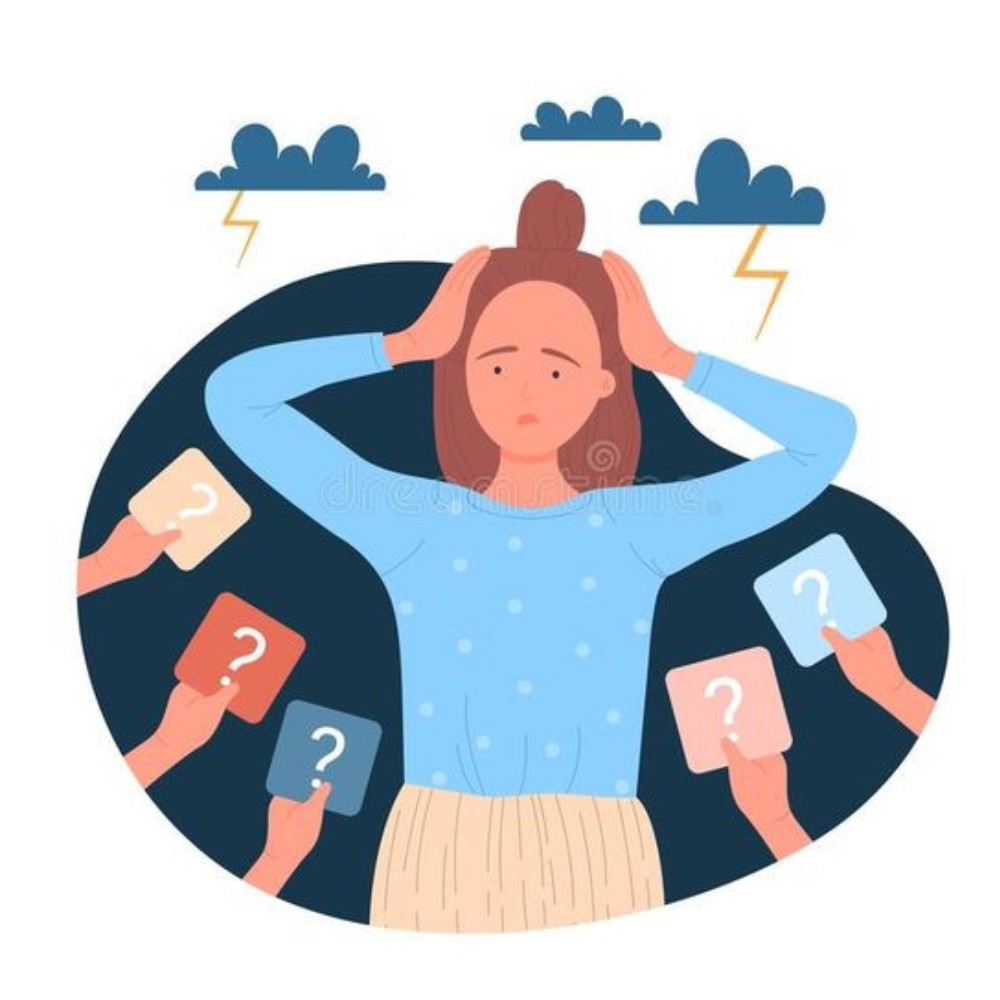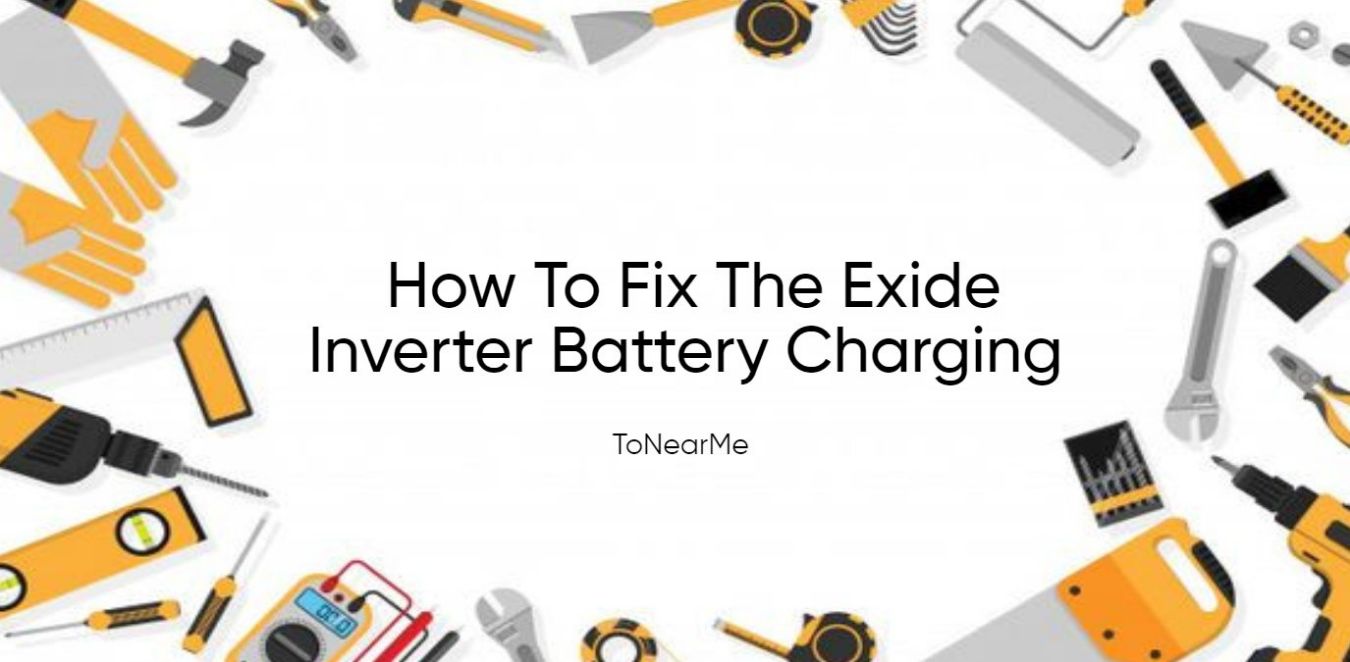In the modern age, it is hard to imagine not having an inverter. To power essential electronic devices such as lights, fans, and others, we rely on the inverter and inverter battery system. Charge issues can complicate matters, however, as we are frequently confronted with the inverter battery.
For you to fix the Exide inverter problem, you must know the possible causes of the inverter battery not charging.
The Following Are Some Exide Inverter Battery Charging Problem Issues You Should Be Aware Of:

Image source : Pinterest
1. Inverter Battery Reverse Connection
If the battery is connected backwards to the inverter, the DC fuse of the inverter will short circuit, stopping the battery from charging. No backup power will therefore be available in the event of an outage.
2. Batteries With Loose Connections
The battery may also be loose due to loose connections, which may explain why the inverter doesn't charge the battery.
It is possible that the inverter would not be able to charge the battery correctly if the battery is loosely connected to the inverter or if the plug of the inverter is not properly connected to the wall socket.
The main supply voltage may also be too high, and the inverter may stop charging the battery, as well as the main supply breaker tripped or a fuse blown, or the main supply wall socket does not get enough power to operate the inverter.
Additionally, inverter battery terminals should be checked for corrosion or lose connections, and then cleaned and clamped correctly. It is best to have someone skilled in battery terminal cleaning assist you.
3. Dead Battery
An inverter won't charge if its battery is dead. To resolve this issue, the inverter battery must be replaced.
A battery which has run out of life cannot be fixed. A battery for an inverter can easily be purchased in either a store or online. Your battery can also be repaired by a professional.
4. A Battery's Water Dries Up
When the water inside the inverter completely evaporates, a charging issue may occur. In other words, the battery of the inverter hasn't been maintained for a long time.
The type of battery determines what can be topped up with water at home, so make sure you look at the type of battery. The process does not require the assistance of a professional.
5. Internal Failures
Problems with the charging of the inverter can be caused by internal malfunctions of the battery, such as a short circuit or dead cells.
6. High Resistance
Battery and inverter interconnection and terminal resistance can also contribute to an inverter battery charging less.
Inverter battery connections accumulate lead sulphate during battery operations. A high wire resistance between the inverter and the battery could create problems with the current flow.
How To Prevent Overloading Exide Inverter Battery Problem?
The best way to avoid an overload is to avoid it in the first place.
It is best to avoid simultaneously powering large amounts of equipment or appliances during peak hours. It's more likely that an overload will occur when there's a power outage.
It is also possible to avoid an overload through proper planning.
Thus, you might want to upgrade to a bigger inverter. You shouldn't get one whose output matches the entire power output of your equipment. Instead, go for industrial power inverters that are significantly more powerful than their overall power and surge power ratings.
This way, you can ensure multiple appliances are powered without worrying about overload. During the installation, your Exeltech technician will calculate your total power requirements and select the appropriate modular inverter.
Inverter Models And VA Ranges From Exide

Image source : Pinterest
At the moment, only one model is offered by Exide.
It is available in three different ranges 650 VA, 850VA and 1450VA
| EXIDE 650VA | Pure Sine Wave Home UPS 650VA | 12V |
| EXIDE 850VA | Pure Sine Wave Home UPS 850VA | 12V |
| EXIDE 1450VA | Pure Sine Wave Home UPS 1450VA | 24V |
Choosing An Exide inverter: Things To Consider

Image source : Pinterest
- Despite the fact that Exide Inverters are a newly launched product, long-term performance has yet to be proven.
- To date, only limited inverter ranges have been released. The product may be discontinued in the future.
- In comparison with Microtek and Sukam, the price of this product is relatively high. Exide Dealers sometimes set their own prices, just like they do with batteries.
- The Exide 850 VA pure sine wave is available online for - Rs.5000/-, whereas the Sukam Shiny 850 VA pure sine wave costs around Rs.4000/- (Online Price). For Exide to compete with leading brands, they should slash their price.
- In inverter mode, Exide Inverters only accept voltages between 100-280 volts. If the input voltage exceeds 280 volts, the inverter will switch to battery power. Microtek's inverters accept voltages from 100V to 300V.
- The input voltage limit of the Exide inverter is a problem for people with high voltage problems.
- When there is no load on the inverter, users complain about annoying fan noise.
Things To Remember
An Exide inverter battery problem is often undercharged because the cords connecting it to the batteries are too long.
In India, leading manufacturers of inverters and batteries, including Exide, offer inverters designed to always charge batteries properly.
By cutting or tampering with these wires to make them longer, the electric resistance will be increased, causing the battery's charge to be hindered.
Keeping the wire intact will prevent the inverter battery from improperly charging. Inverters with more than one battery, such as HKVA (High Capacity Inverter), must use the same make and model.
When using different capacities, types, or sizes of batteries, there can be issues with inverter battery charging.
Wire length and cross-sections for interconnecting high capacity battery banks should follow the manufacturer's recommendations.
Keeping batteries and inverters in good working order is always a must. Your inverter battery must be charged if you experience any problem related to your inverter or battery.
Inverters and batteries are offered by a number of service providers, such as Exide. Repair services for the company's products are also available.







